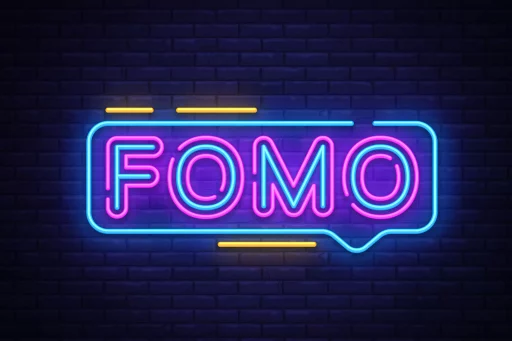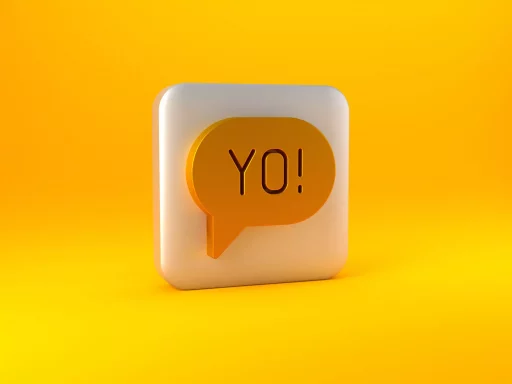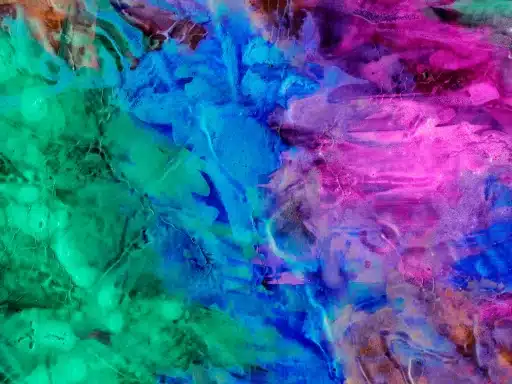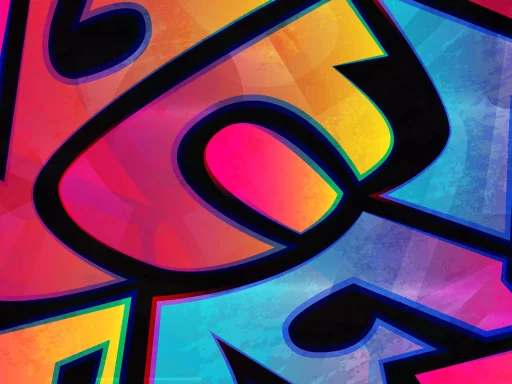Introduction
In the digital age, slang terms are evolving at an unprecedented pace. One such term that has gained significant traction is “OTP.” If you’ve seen it thrown around in texts or social media posts, you might be wondering: what does OTP really mean? In this article, we will explore the definition, usage, and impact of OTP in popular culture.
Defining OTP
In slang, OTP stands for “One True Pairing.” It typically refers to a favorite fictional couple that fans deduce should be together, often drawn from books, TV shows, movies, or even video games. The concept of OTP encompasses the idea of an ideal match between characters, one that resonates deeply with fans and evokes passionate discussions.
Origin of OTP
The term OTP is believed to have originated in fan fiction communities in the early 2000s, where fans expressed their desires for certain pairings of characters. Over the years, OTP has transcended the fan fiction realm and entered mainstream slang, appearing on social media, memes, and even dating apps.
Usage Examples
Understanding the context is key to grasping how OTP is used effectively. Here are some common ways this term appears:
- Fan Discussions: “After watching the last episode, I am convinced that my OTP is definitely Jon Snow and Daenerys Targaryen!”
- Social Media Posts: “Just read the latest chapter – my OTP is still thriving! #BookLovers”
- Memes: “When your OTP finally gets together and you can’t handle the feels!” accompanied by a funny GIF.
Impact of OTP in Popular Culture
The concept of OTP has significantly impacted fan culture and discussions around various media. Here are a few areas where OTP has made its mark:
- Social Media: OTP discussions create buzz around shows, movies, and books, driving fans to engage in conversations across platforms like Twitter, Instagram, and Tumblr.
- Fan Fiction: Many fanfics are created around popular OTPs as fans explore alternate storylines and endings that favor their favorite pairings.
- Merchandise: The popularity of certain OTPs has led to the creation of merchandise ranging from T-shirts to figurines, catering to fans’ desire to express their love for these characters.
Statistics and Trends
According to a 2022 survey conducted by the fan culture research site, The FanBee, 78% of respondents identify strongly with at least one OTP. Furthermore, fan fic sites like Archive of Our Own report thousands of stories centered around popular OTPs in fandoms such as:
- Harry Potter: Harry and Draco (Drarry)
- Stranger Things: Eleven and Mike
- Marvel Cinematic Universe: Steve and Bucky (Stucky)
These statistics highlight the emotional investment fans place in their OTPs, which can lead to a thriving community around specific narratives.
Case Studies: Popular OTPs
To illustrate the phenomenon further, let’s take a closer look at a few iconic OTPs:
1. Ross and Rachel from Friends
The couple’s on-again, off-again relationship was a central plotline throughout the series. Fans passionately debated their reunion until the very end, solidifying them as an iconic OTP.
2. Katniss and Peeta from The Hunger Games
The love triangle between Katniss, Peeta, and Gale had fans divided. For many, the chemistry between Katniss and Peeta was undeniable, making them an enduring OTP in young adult literature.
3. Jim and Pam from The Office
Jim and Pam’s love story is celebrated for its realistic portrayal of relationships. Fans rooted for them throughout the series, making them one of the most beloved OTPs in television history.
Conclusion
In conclusion, OTP represents more than just a pairing; it is a testament to the emotional connections formed between fans and their favorite characters. These connections lead to vibrant discussions, community engagements, and countless fan creations. Whether you’re new to the slang or a seasoned fan, understanding OTP adds depth to the analysis of love stories in media and showcases the power of fandom culture.





